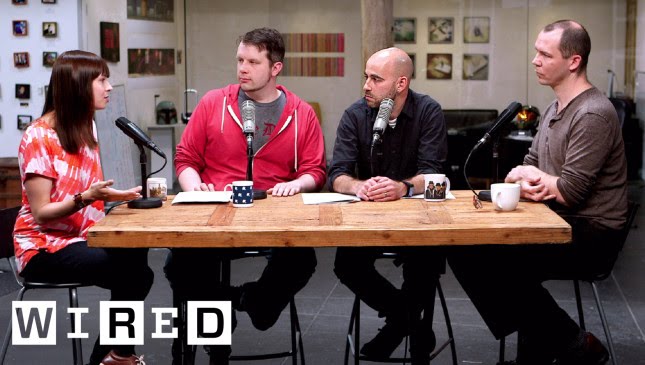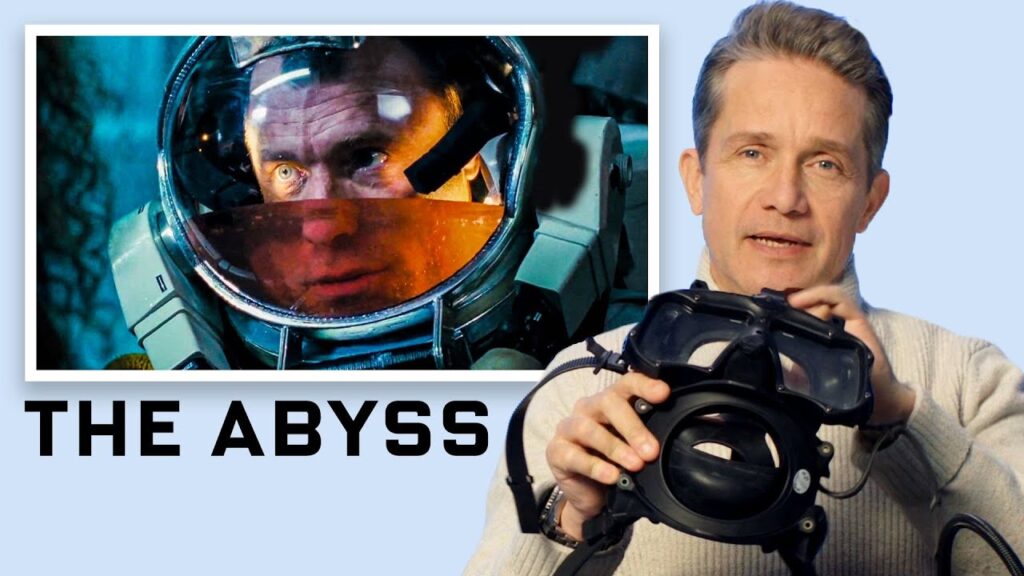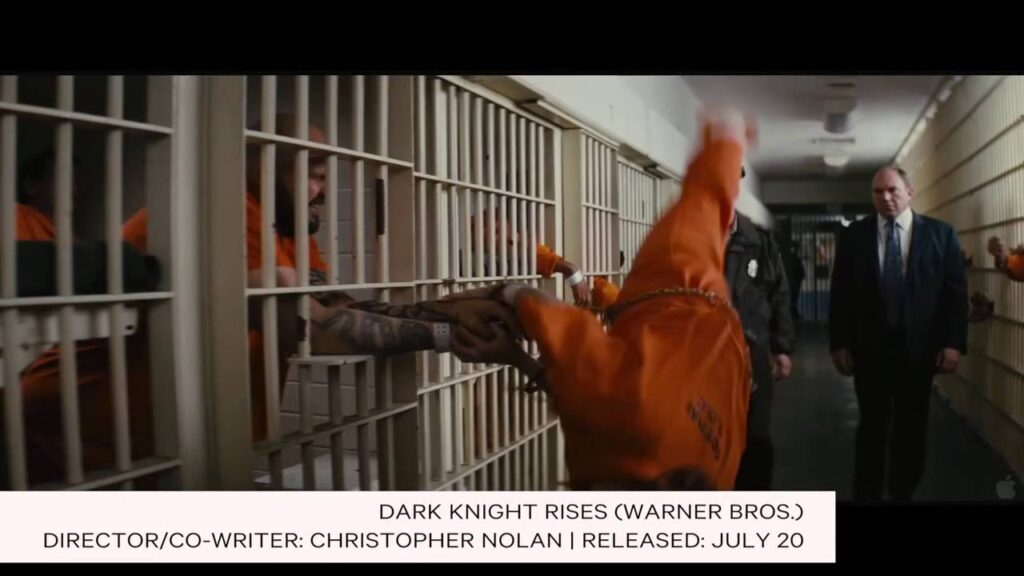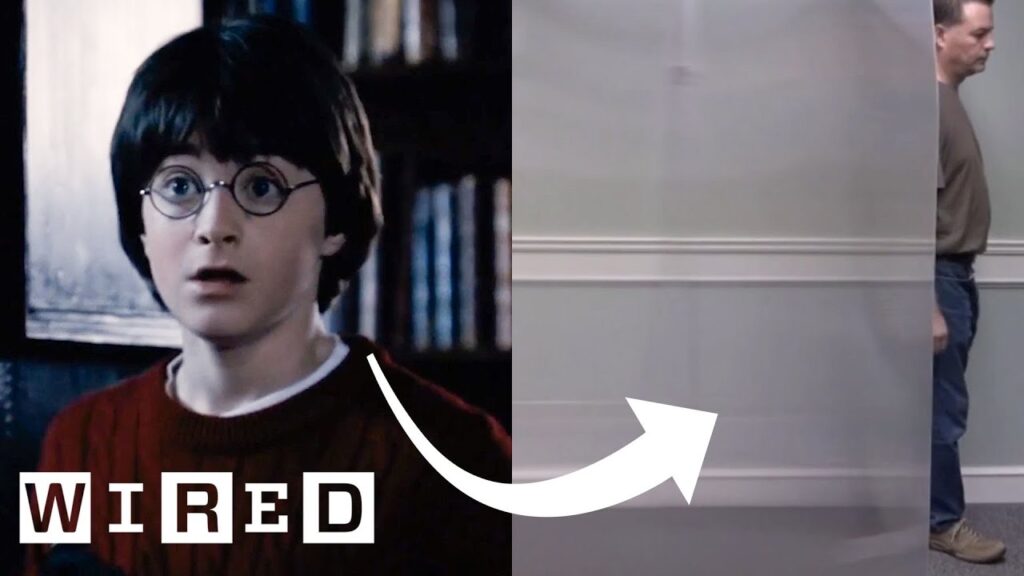Emergency and Operating Room Depictions in TV and Movies: Separating Fact from Fiction
Summary
Annie Onish, a surgical resident at Columbia University, dissects and critiques the depiction of emergency and operating rooms in popular culture. While some representations accurately portray medical practices, there are also inaccuracies and shortcomings. This article will explore these depictions, covering a range of medical scenarios, and provide commentary on their accuracy.
Introduction
TV shows and movies have long used medical emergencies and operating rooms as a dramatic setting. However, as medical professionals, it is our duty to separate fact from fiction and critique the portrayal of these scenarios. In popular culture, some depictions are accurate, while others are not. In this article, we will explore how medical scenarios are depicted in TV and movies, ranging from surgical procedures to emergency rooms. By providing commentary on their accuracy, we can better understand the impact of popular culture on the public’s perception of medical practices.
The Risks and Benefits of Cardiopulmonary Bypass
One common medical procedure portrayed in TV and movies involving the heart is the use of cardiopulmonary bypass. This technique involves temporarily stopping the heart while surgeons operate on it. While it is a valuable tool for heart surgeries, it also has its downsides.
Annie Onish explains that one of the risks of cardiopulmonary bypass is the higher risk of bleeding complications. Additionally, restarting the heart can be difficult after it is stopped during surgery. Despite these risks, cardiopulmonary bypass is a valuable tool and has saved countless lives during cardiac surgeries.
Self-Extubation: Dangers and Risks
Another medical scenario often portrayed in popular culture is the self-extubation of patients. This occurs when a patient removes their own endotracheal tube, which connects their airway to the ventilator. While it may seem like a minor detail, self-extubation can be incredibly dangerous.
If a patient is unable to protect their own airway after removing the tube, they can suffer from aspiration or other complications. Inaccurate depictions in TV and movies can lead to misunderstandings and misconceptions about this procedure, causing potentially life-threatening consequences.
Face Transplantation: Life-Saving Procedure
Face transplantation is a complex and life-changing procedure for patients with injuries to their airway, mouth, or eyes. However, it is not a surgery that is commonly portrayed in popular culture. This lack of representation can lead to misconceptions and misunderstandings about the procedure.
By accurately portraying face transplantation in TV and movies, the public can understand the need and value of this life-saving surgery for patients with severe injuries.
Inaccuracies in TV and Movie Medical Scenes
While popular culture can accurately portray some medical scenarios, there are also many inaccuracies. For example, some TV shows and movies use coarse V-fi instead of stickers for defibrillation. Additionally, inappropriate suture techniques are sometimes depicted during surgery.
Not only can these inaccuracies be misleading and cause confusion, but they can also be dangerous. It is essential to distinguish between dramatic effect and real-life medical practices to prevent misunderstandings and potential complications.
Compartment Syndrome: Recognizing and Treating It
Compartment syndrome is a dangerous condition when pressure builds up within muscles or other tissues, causing tissue damage or even death if not properly treated. While it is a serious condition, it is not often depicted in popular culture.
By highlighting the seriousness of compartment syndrome, we can raise awareness of its symptoms and the importance of timely treatment. Inaccurate depictions can lead to misunderstandings and potential life-threatening consequences.
Importance of Tourniquet Use in Emergencies
Another scenario often portrayed in medical emergencies is the use of tourniquets. When used correctly, tourniquets can be a valuable tool in controlling bleeding and saving lives. However, incorrect use, or not using them at all, can be detrimental.
By accurately portraying the importance of tourniquet use in emergencies, the public can understand its value and potentially even save a life.
Doctor-Patient Interactions and Ethics
In many depictions of medical scenarios in TV and movies, doctor-patient interactions are not ideal. For example, a patient’s family member may not be provided with a professional interpreter, violating the patient’s rights. Additionally, doctors may make inappropriate jokes or use technical jargon that can be confusing or insensitive to patients and their families.
It is essential to recognize the importance of ethical doctor-patient interactions and ensure that patients and their families are adequately informed and supported.
Accurate Portrayals of Medical Practices
Despite the inaccuracies and shortcomings, some medical scenarios are portrayed accurately in TV shows and movies. For example, the use of plastic bags to transport donor organs and the Glasgow Coma Scale used to measure a patient’s mental status are both accurate representations of medical practices.
It is essential to distinguish between accurate and inaccurate depictions of medical practices in popular culture to prevent confusion and potential complications.
Conclusion
TV shows and movies often use medical emergencies and operating rooms as a dramatic setting. As medical professionals, it is our responsibility to critique these depictions and distinguish between fact and fiction. While some representations accurately portray medical practices, others are inaccurate and potentially dangerous. By raising awareness of these scenarios and providing accurate information, we can better educate the public on medical practices and potentially even save lives.






